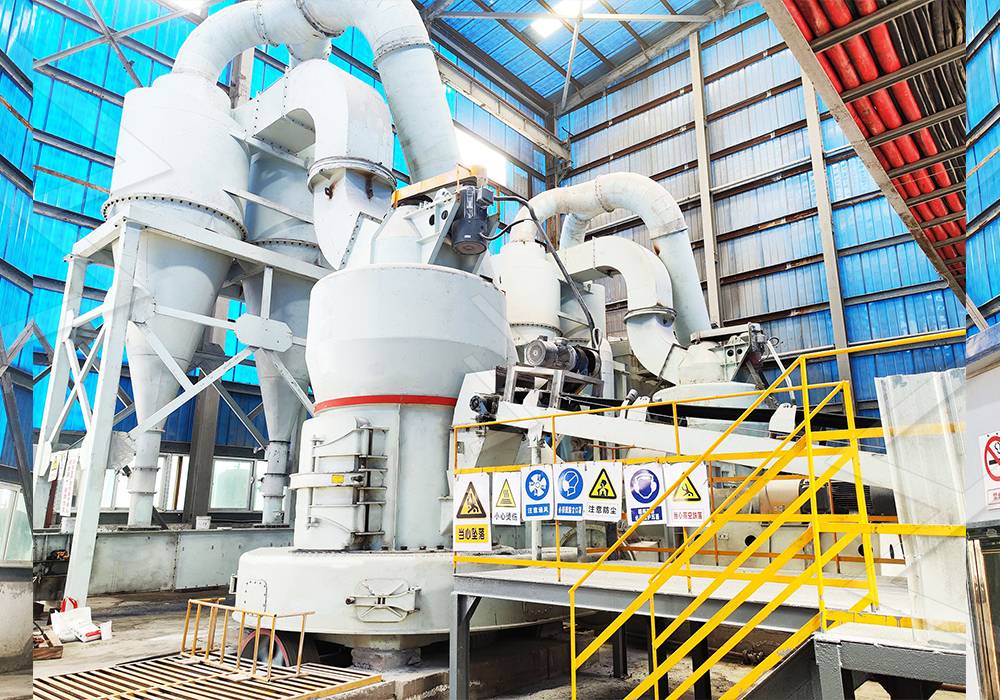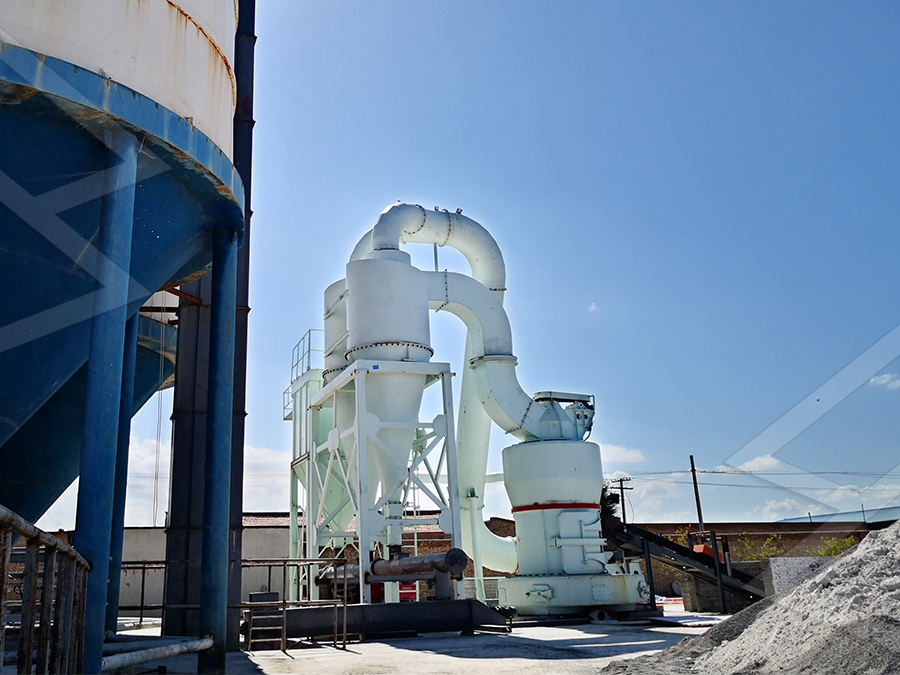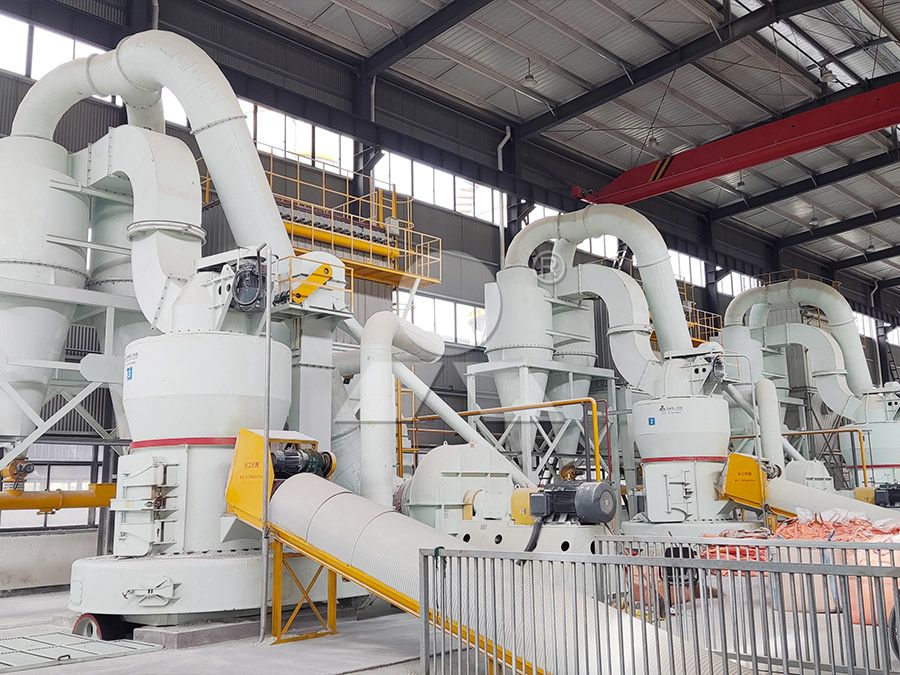Feldspar Medium Speed Grinding Mill: Key Features and Applications
Feldspar Medium Speed Grinding Mill: Key Features and Applications
In the world of industrial mineral processing, feldspar stands as one of the most crucial raw materials for ceramics, glass, and filler applications. The efficiency of feldspar processing directly impacts product quality and operational costs, making the choice of grinding equipment paramount to success. Medium speed grinding mills have emerged as the optimal solution for feldspar processing, balancing production capacity with precise particle size control.
Feldspar’s unique properties—including its hardness, composition variability, and specific cleavage characteristics—demand specialized grinding solutions. Traditional grinding methods often result in excessive energy consumption, inconsistent particle distribution, or contamination issues that compromise final product quality. Modern medium speed grinding technology addresses these challenges through innovative engineering and precise control systems.

Critical Technical Advantages
The most significant advancement in medium speed grinding technology lies in its ability to maintain consistent grinding pressure and rotational speed across varying material conditions. This consistency ensures uniform particle size distribution while minimizing energy waste. The grinding mechanism operates at optimal velocities that prevent excessive heat generation—a common problem in high-speed systems that can alter feldspar’s chemical properties.
Advanced powder separation systems represent another crucial innovation. These systems employ precision air classifiers that can be adjusted in real-time to maintain target fineness levels between 200 to 1250 mesh. The elimination of rolling bearings and screws within the grinding chamber significantly reduces maintenance requirements and prevents contamination from worn mechanical parts.
Environmental and Operational Benefits
Modern feldspar grinding mills incorporate comprehensive dust collection systems that capture up to 99.9% of particulate matter. Integrated silencers and noise reduction chambers maintain operational noise levels below 75 decibels, creating safer working environments while meeting stringent environmental regulations. The closed-system design prevents material loss and ensures that the grinding process remains contained and efficient.
From an operational perspective, these mills offer remarkable flexibility. Production rates can be adjusted from 3 to 55 tons per hour without compromising product quality. Quick-change wear parts and accessible maintenance points reduce downtime significantly, while automated control systems allow for remote monitoring and adjustment of key operational parameters.

Advanced Solutions for Specific Applications
For operations requiring ultra-fine feldspar powders, the MW Ultrafine Grinding Mill represents the pinnacle of grinding technology. This system processes materials with input sizes up to 20mm and achieves remarkable production capacities ranging from 0.5 to 25 tons per hour. The MW mill’s innovative design features higher yielding capacity with lower energy consumption—producing 40% higher output than jet mills and twice the capacity of ball mills while using only 30% of the energy required by jet milling systems.
The MW Ultrafine Grinding Mill’s adjustable fineness between 325-2500 meshes makes it ideal for premium ceramic and specialty glass applications where precise particle size distribution is critical. Its unique design eliminates rolling bearings and screws in the grinding chamber, preventing contamination and reducing maintenance concerns. The integrated pulse dust collector ensures environmentally friendly operation, making it suitable for facilities with strict emission standards.
For operations prioritizing vertical space efficiency and advanced automation, the LUM Ultrafine Vertical Grinding Mill offers exceptional performance. Processing materials up to 10mm with capacities from 5 to 18 tons per hour, this mill incorporates the latest grinding roller technology and German powder separating expertise. Its double position-limiting technology ensures operational stability, while the reversible structure simplifies maintenance procedures significantly.
Industry Applications and Material Compatibility
Beyond feldspar processing, medium speed grinding mills demonstrate remarkable versatility across multiple industrial sectors. These systems effectively process limestone, calcite, dolomite, petroleum coal, gypsum, barite, marble, talc, and various other non-metallic minerals. The technology has proven particularly valuable in chemical industries for paint, cosmetics, pharmaceutical, and food additive production where purity and consistency are non-negotiable.
The ceramic industry benefits tremendously from the precise particle control offered by modern grinding systems. Consistent feldspar powder quality translates to improved product strength, better glaze characteristics, and reduced defect rates in final ceramic products. Similarly, the glass industry relies on uniformly ground feldspar to maintain melting consistency and optical properties in finished glass products.

Frequently Asked Questions
What makes medium speed grinding mills preferable for feldspar processing?
Medium speed mills offer the optimal balance between grinding efficiency and particle size control. Their operating speed prevents excessive heat generation that can alter feldspar properties while providing sufficient energy for efficient size reduction. This results in consistent product quality with lower energy consumption compared to high-speed alternatives.
How does the MW Ultrafine Grinding Mill achieve higher efficiency?
The MW mill incorporates newly designed grinding curves for the roller and ring assembly, enhancing grinding efficiency significantly. Its cage-type powder selector utilizes German technology for precise separation, while the absence of rolling bearings in the grinding chamber reduces maintenance requirements and prevents contamination.
What environmental benefits do modern grinding systems provide?
Contemporary grinding mills feature integrated pulse dust collectors that eliminate dust pollution during operation. Combined with silencers and noise elimination rooms, these systems operate well within environmental protection standards. The closed-system design prevents material loss and contains the entire grinding process.
Can these grinding systems handle variations in feldspar composition?
Yes, advanced control systems allow operators to adjust grinding pressure, rotational speed, and separator settings to accommodate different feldspar types and compositions. This flexibility ensures consistent product quality even when processing feldspar from different geological sources.
What maintenance advantages do these systems offer?
The elimination of rolling bearings and screws within the grinding chamber significantly reduces maintenance frequency. External lubrication systems enable maintenance without shutdown, while quick-change wear parts and accessible design minimize downtime during routine servicing.
